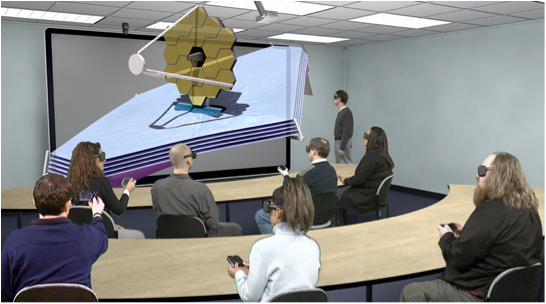Where We Work
 There have been at least two decades of people meeting online. Face to face meeting went the way of face to face classes - moving online. Then there was a reaction to too many online meetings. People wanted to be with people again.
There have been at least two decades of people meeting online. Face to face meeting went the way of face to face classes - moving online. Then there was a reaction to too many online meetings. People wanted to be with people again.
Enter Meetup, whose purpose is to connect people to one another in the real world around interests (learning Spanish, writing poetry, political activism etc.) Meetup has 35 million members and now it will merge with its new owner WeWork.
WeWork is a global network of workspaces. They offer people spaces for creativity, focus, connection. Spaces to work. WeWork is now valued at close to $20 billion - that's the tech startup land of Uber and Airbnb.
This merger news got me thinking again about learning spaces. The WeWork/Meetup models are not irrelevant to the ideas of face to face, online and especially hybrid learning models - and the spaces that work best for those modes of learning.
Think about how much talk there is about the importance of informal learning. That is a kind of learning that is not best suited for a classroom with rows of desks facing an instructor up front. Online learning is effective when learners have a sense of a space, virtual though it ma be, and a sense of community online. Hybrid or blended learning need to use the best of both those worlds.
It might be fruitful for educators to study what Meetup and WeWork do well and see if it can be applied to educational settings.
This post first appeared on Linkedin.com/pulse/


 Relationships in dynamic systems can both amplify or balance other effects. I always found examples of this too technical and complex for my purposes in the humanities, but the basic ideas seemed to make sense.
Relationships in dynamic systems can both amplify or balance other effects. I always found examples of this too technical and complex for my purposes in the humanities, but the basic ideas seemed to make sense.
 Joseph E. Aoun believes that systems thinking will be a "higher-order mental skill" that gives humans an edge over machines.
Joseph E. Aoun believes that systems thinking will be a "higher-order mental skill" that gives humans an edge over machines.